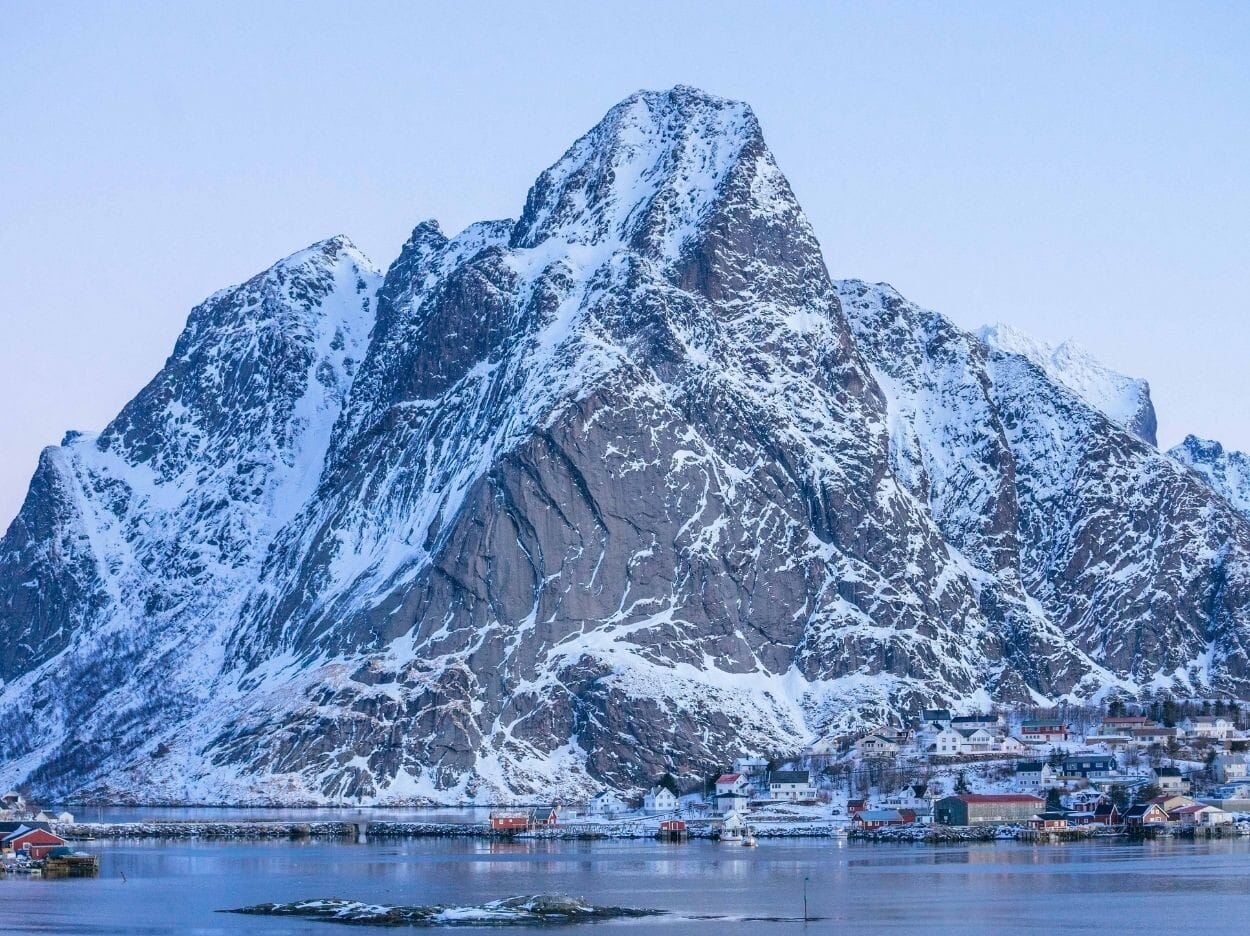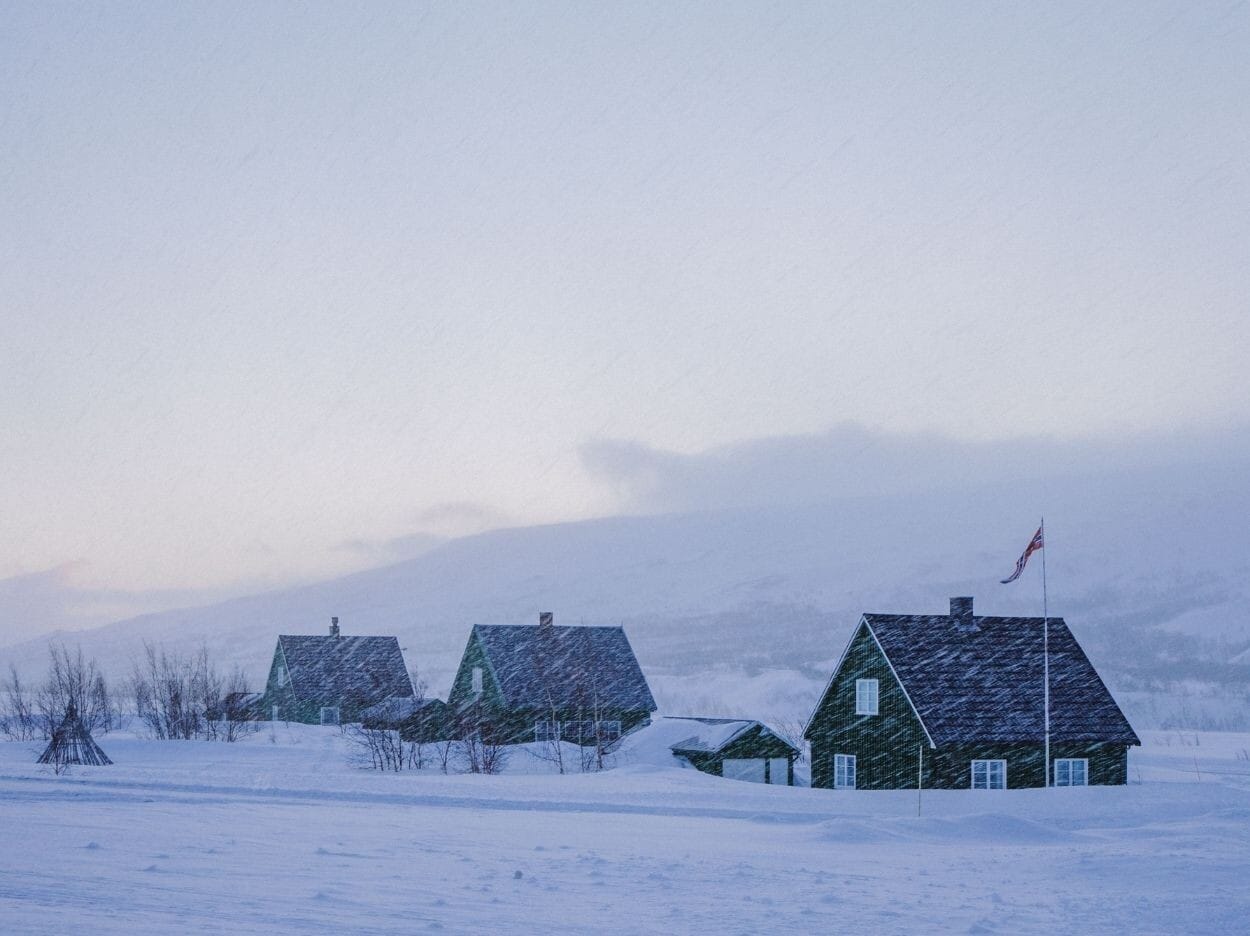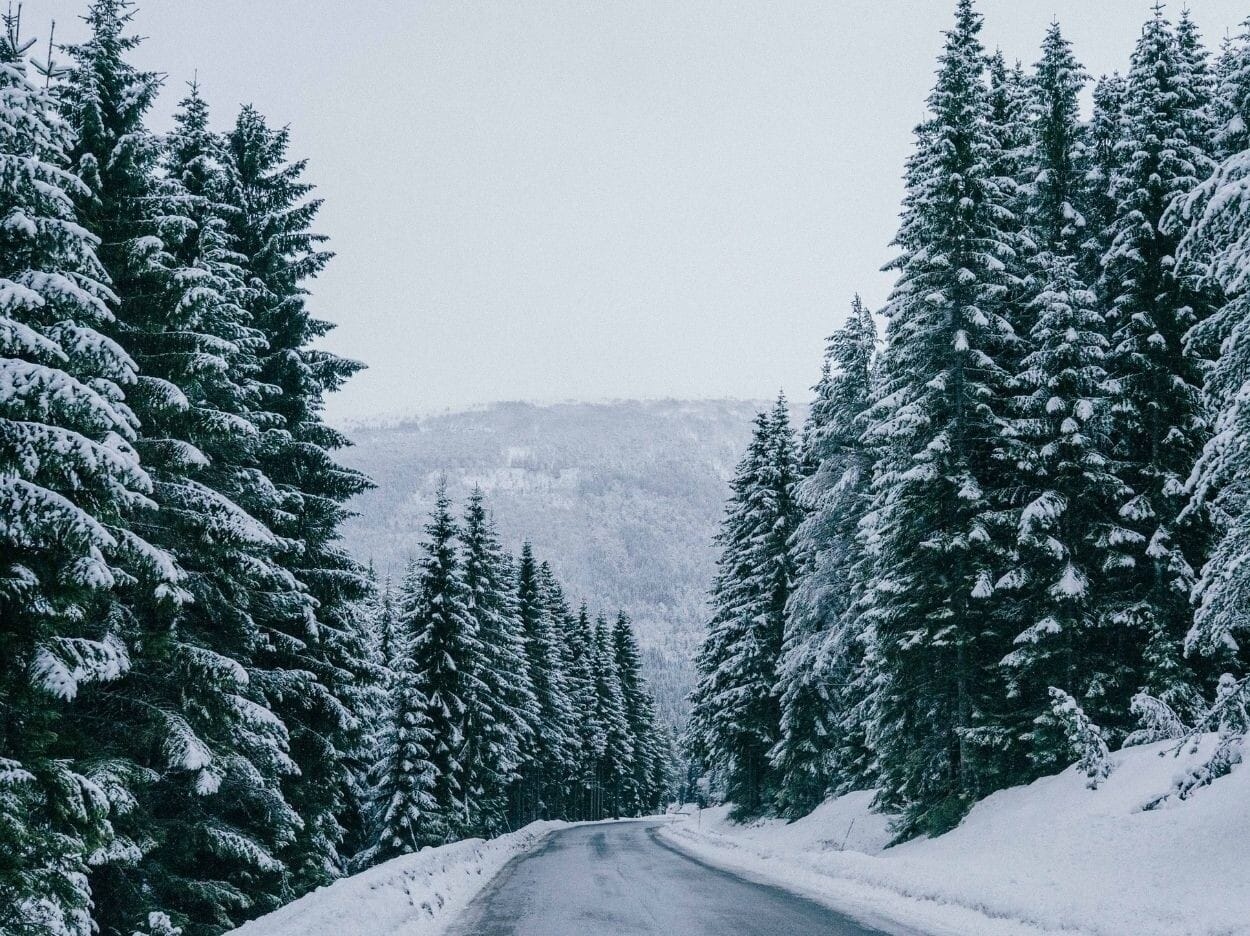Offer valid when you order 2 or more identical or additional products from our photo books, photo prints and notebooks range. The discount is automatically applied to your basket.

Winter Landscape Photography with the Mountain Man

Keep your camera close
Always try to have easy access to your camera. I usually carry mine on a camera strap or if it’s really cold (and to avoid battery loss) I keep it at the top of my backpack to have easy access and so as not to miss out on any opportune moments.
Choose the right lens
My favourite lens to bring to the mountains is a 70-200 mm, as it offers you a wider angle, which is great for capturing large areas of scenery. As a prepared photographer I always bring a 35 mm in my backpack for those everyday close up shots but if you have to bring only one, a telephoto lens (long-focus lens) will be a good choice for a day on the slopes.
Changing Perspective
To create striking images, you don’t always have to shoot straight on, try shifting your viewpoint. Get down low, move behind an object or climb to a higher viewpoint to get a unique perspective that other people may not think of doing. Consider your point of view from a storytelling perspective.

Embrace the changing weather
Light is key, so if there is a specific subject or scene you want to capture on your trip, don’t hesitate to go back when the light is better, usually evening or early morning. Snowstorms and abrupt changes in the weather are things to embrace; falling snow adds texture, fog can be enchanting, clouds can be dramatic… So, while everyone else is hiding indoors, go out enjoy the weather and create something special!
”The best camera is the one that you have with you” - Chase Jarvis
I used to shoot with an Iphone for a couple of years. Don’t underestimate the power of this little device in your pocket. It’s not a DSLR camera BUT when opportunities arise, it’s better than anything! Tip: for editing I use the apps VSCO and Afterlight
The rule of thirds
Mountains are a great place to take photographs and are a great place to easily apply the ‘rule of thirds’ guideline. Divide your image into nine equal parts, focus your main subject in the middle, keep your captivating foreground in the bottom section and complete your photo with the mountains as your backdrop.

Leading lines
You’ve heard of the ‘rule of thirds’ but what about ‘leading lines’? This refers to lines that lead the viewer’s eye from one part of a composition to another, and is a great tool you can use to make your photography interesting. This can usually be found in roads, fences or natural elements that help shape and lead the viewer’s eye in a specific direction or towards a designated portion of the photograph.
Minimalism
If you don’t want things to become too complicated, snowy mountains are a wonderful place to shoot minimalist scenes. The ‘noise’ in colours (splotchy fluctuations of colour tone between pixels) disappears and the landscape becomes more monochrome thanks to all the snow. Here you have a great opportunity to scale down and let the snow create contrast against the varying elements of the mountain terrain.
So there you have it, Linus' top tips on how to capture those iconic scenes on the mountaintops. Hopefully, you found these tips helpful, and if you wish to see more of Linus' work, check out his Instagram page - @linusmountainman and his website for more captivating scenic photography.